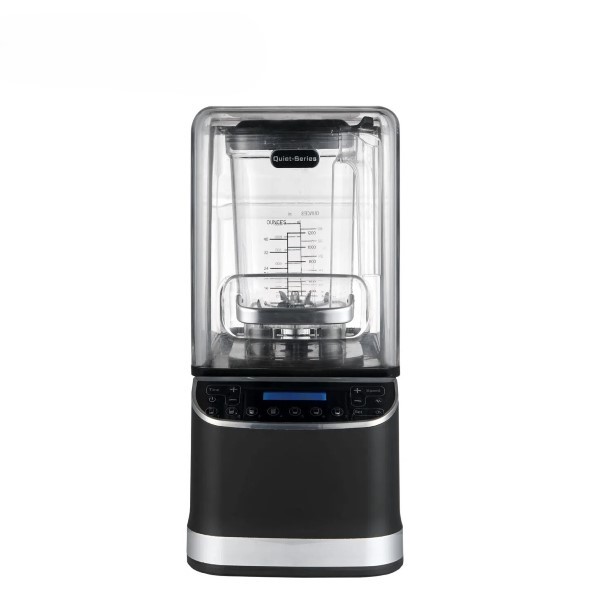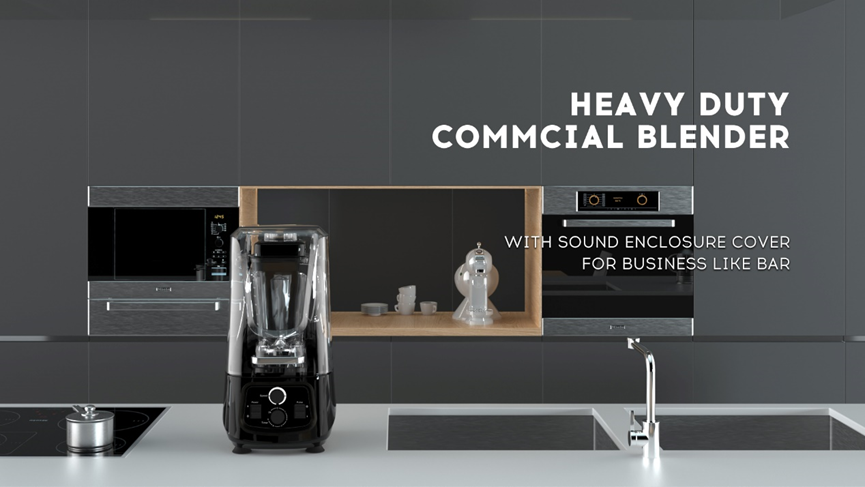Essential Insights into Sourcing Restaurant-Grade Blender Suppliers
release time:
2025-05-28
When it comes to sourcing restaurant-grade blender suppliers, understanding the unique demands of commercial kitchens is crucial. These blenders are designed to handle heavy use, offer exceptional performance, and deliver consistent results across various applications, from smoothies to soups. Here are some important points to consider when looking for reliable suppliers in the market.
First and foremost, durability is a key feature of any restaurant-grade blender. Unlike home-use models, commercial blenders are built to withstand the rigors of daily use. Look for suppliers that offer products made from high-quality materials, such as stainless steel and heavy-duty plastics. These materials not only enhance the lifespan of the blenders but also ensure they can handle tough ingredients without breaking down.
Another critical aspect to consider is the power and efficiency of the blender. Restaurant-grade blenders typically come with higher wattage motors, which allow them to blend ingredients quickly and efficiently. This can save valuable time during busy service periods. Suppliers that provide a range of power options can help you match the blender’s capabilities with your specific kitchen needs, whether you’re making frozen drinks or pureeing vegetables.
Additionally, consider the design and functionality of the blenders offered by potential suppliers. Look for features such as variable speed controls, pre-programmed settings, and easy-to-clean designs. These features not only enhance the user experience but also contribute to the overall efficiency of kitchen operations. Suppliers who prioritize ergonomic design and user-friendly interfaces can significantly improve the workflow in your restaurant.
Don’t overlook the importance of after-sales support and warranty options offered by suppliers. A reputable supplier should provide adequate support in terms of maintenance, troubleshooting, and spare parts. This can be a game-changer in minimizing downtime in your kitchen. Ensuring that the supplier has a good reputation for customer service can save you headaches down the line.
Lastly, price should be a consideration, but it shouldn’t be the only factor in your decision-making process. Evaluating the total cost of ownership, which includes initial purchase price, maintenance costs, and the expected lifespan of the blender, can provide a clearer picture of the value you’re getting from a supplier.
In conclusion, sourcing restaurant-grade blender suppliers requires a careful evaluation of durability, power, functionality, and support. By keeping these considerations in mind, you can find suppliers that not only meet your immediate blending needs but also contribute to your kitchen's long-term success.
First and foremost, durability is a key feature of any restaurant-grade blender. Unlike home-use models, commercial blenders are built to withstand the rigors of daily use. Look for suppliers that offer products made from high-quality materials, such as stainless steel and heavy-duty plastics. These materials not only enhance the lifespan of the blenders but also ensure they can handle tough ingredients without breaking down.
Another critical aspect to consider is the power and efficiency of the blender. Restaurant-grade blenders typically come with higher wattage motors, which allow them to blend ingredients quickly and efficiently. This can save valuable time during busy service periods. Suppliers that provide a range of power options can help you match the blender’s capabilities with your specific kitchen needs, whether you’re making frozen drinks or pureeing vegetables.
Additionally, consider the design and functionality of the blenders offered by potential suppliers. Look for features such as variable speed controls, pre-programmed settings, and easy-to-clean designs. These features not only enhance the user experience but also contribute to the overall efficiency of kitchen operations. Suppliers who prioritize ergonomic design and user-friendly interfaces can significantly improve the workflow in your restaurant.
Don’t overlook the importance of after-sales support and warranty options offered by suppliers. A reputable supplier should provide adequate support in terms of maintenance, troubleshooting, and spare parts. This can be a game-changer in minimizing downtime in your kitchen. Ensuring that the supplier has a good reputation for customer service can save you headaches down the line.
Lastly, price should be a consideration, but it shouldn’t be the only factor in your decision-making process. Evaluating the total cost of ownership, which includes initial purchase price, maintenance costs, and the expected lifespan of the blender, can provide a clearer picture of the value you’re getting from a supplier.
In conclusion, sourcing restaurant-grade blender suppliers requires a careful evaluation of durability, power, functionality, and support. By keeping these considerations in mind, you can find suppliers that not only meet your immediate blending needs but also contribute to your kitchen's long-term success.
More information






